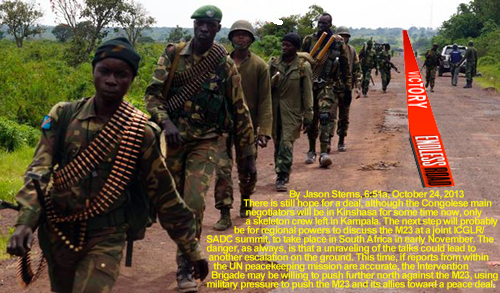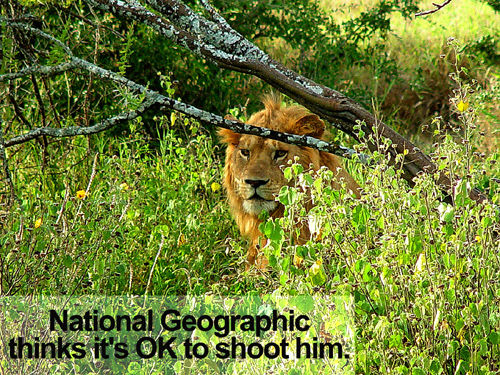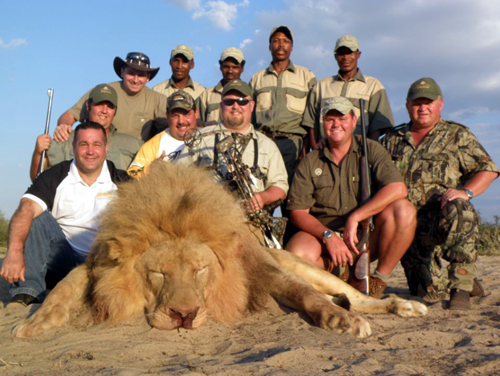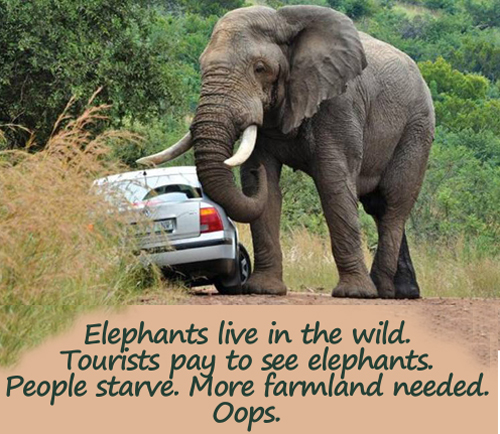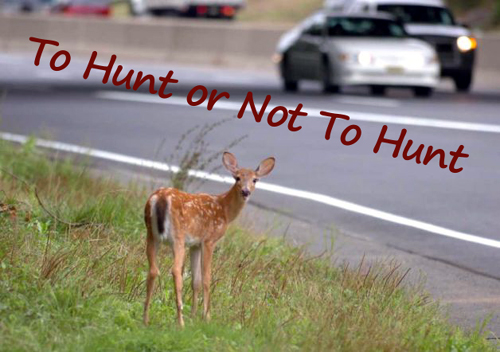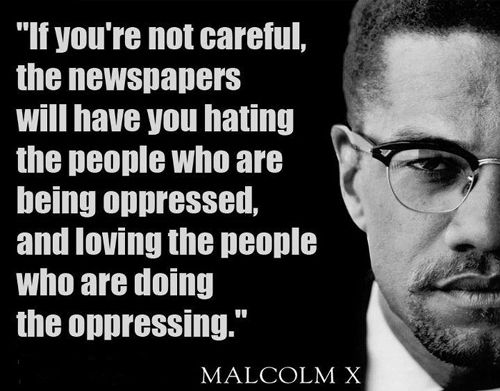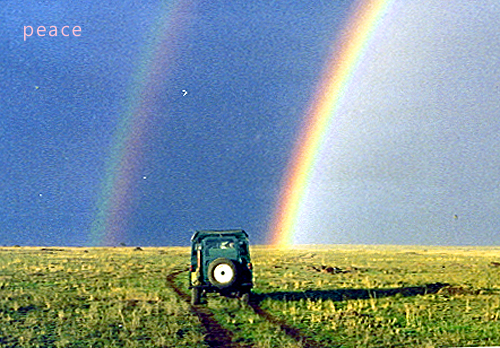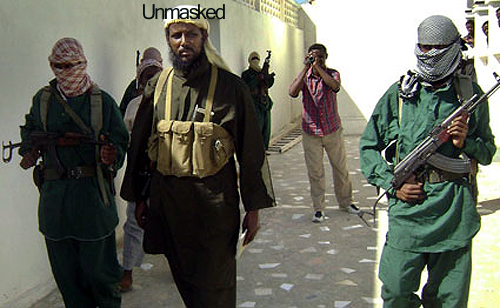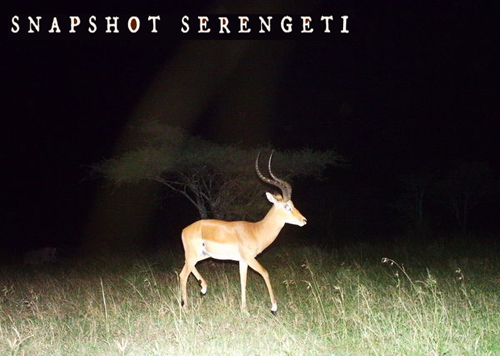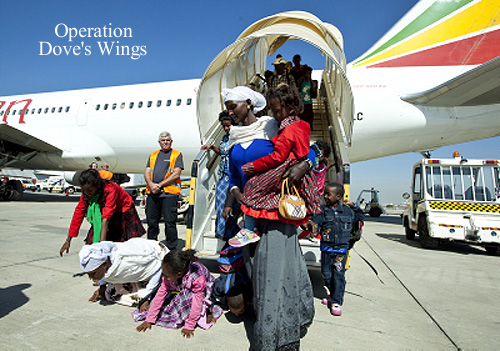 This month marked the last planned charter flight of presumed African Jews from Ethiopia to Israel, capping a generation’s long program that “repatriated” more than 40,000 Ethiopians.
This month marked the last planned charter flight of presumed African Jews from Ethiopia to Israel, capping a generation’s long program that “repatriated” more than 40,000 Ethiopians.
(Some reports put the number as high as 92,000.)
Referred to as “aliyah,” the collection and immigration of disparate Jews from around the world into Israel is public policy, but is mostly funded privately. Once in Israel the state apparatus provides various educational and financial assistance.
The stated policy of Israel to provide citizenship and security to any Jew anywhere in the world is referred to as the “Right of Return” and imbedded in the entire raison d’etre of Israel.
Many impoverished around the world, however, wishing to invoke the Right of Return are unable to do so on their own. And many who are simply among the throngs of Africa’s impoverished who long to immigrate to someplace with a better opportunity, try to invoke the Right of Return with little evidence they are Jewish.
Avi Bram writing in Think Africa Press this week called the end of Operation Dove’s Wing “A page … turned in the history of Jews in Ethiopia. But despite what Israel may think, the page doesn’t mark the end of the book, but merely a new, uncertain chapter.”
The Ethiopians returned to Israel in Operation Dove’s Wing had to demonstrate seven generations of Jewish lineage to be eligible for aliyah. Over the last ten years large numbers of Ethiopians migrated to the town of Gondar where various Jewish agencies were supporting temples and Hebrew education programs.
But in the end as many as 7,000 Ethiopians claiming to be Jewish were left behind. Now that Operation Dove’s Wing has ended, almost all of the Jewish agency support is ending, although other NGOs to some extent may replace them.
But the dynamic of Africans wanting to be considered one thing or another, so that they can be brought to a better world, and then examined by a stated government policy to credential lineage, verges on institutionalized ethnicity if not outright racism.
In the case of the Ethiopian Jews, the four major programs in 1984, 1985, 1991 and the last ending this month, were funded largely from American, South American and European Jewish communities.
I witnessed the 1984/85 “Operation Moses” which was the first program in Addis, and it differed considerably from what I watched happening this month.
Back then the tarmac of the Addis airport was filled with white tents, El-Al 747s, and many professional Israelis, especially doctors. Busloads of very traditional Ethiopians would come onto the airfield, be examined and were often so naked that they had to be clothed as well before boarding the aircraft.
That operation, by the way, differed in many respects from subsequent ones. Technically these Ethiopians were refugees being bussed in from Sudanese refugee camps through the country they had fled.
The toppling of Haile Selassie, the last emperor, led to a very turbulent period in Ethiopia known as the Red Terror. Large numbers of refugees were sent into mostly The Sudan. The Sudan wasn’t kind to them, being one of the most anti-Israeli countries in the world.
So there was some real humanity in Israel’s program to bring those refugees into greater safety. To be sure, the ruthless dictator of Ethiopia at the time, Mariam Mengistu, had no love for them, and it was also a deft diplomatic effort of Israel that organized the exodus from Addis.
But that being said, I remember thinking from conversations with several Americans who were with me at the time and who were associated with the operation, that quite a few non refugee Ethiopians were squeezing into the mix that was being transported to Tel Aviv.
Regardless, everyone I saw looked like they desperately needed help. If not sick, they were certainly destitute. Contrast that today with the YouTube video of the last charter flight arriving Israel from Operation Dove’s Wing.
Part of the explanation for this difference is simply the good news that Africa has developed so rapidly in the last generation. But that’s the point of contention.
If these Ethiopians who were relatively well dressed and well, well-off, were being given this extraordinary boost of opportunity by now becoming citizens of Israel, while millions of their fellow countrymen remain certainly destitute and impoverished, is this fair?
Many analysts like Avi Bram question if it even well conforms to Israeli policy. But the question I’m posing is whether the Right of Return in today’s world is an anachronism that contributes to racism.
If not, how far back must history stretch to justify such policy. Should Norway facilitate a Right of Return to anyone demonstrating a Viking Heritage through the DNA testing that can now pretty well determine that?
We don’t need more separation in Africa, today, much less anywhere in the world. I applaud Israel for the remarkably humanity the state is giving people in need, but I wonder if the choice of who that humanity is given to is a moral one.
